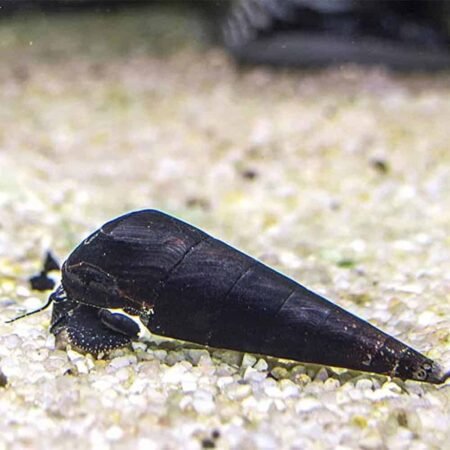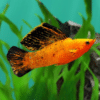-
×
-
×
-
×
Red Devil Vampire Crab - Geosesarma Hagen - Decapod Crustacean 1 × £8.71
-
×
-
×
-
×
-
×
Subtotal: £84.20



 Red Devil Vampire Crab - Geosesarma Hagen - Decapod Crustacean
Red Devil Vampire Crab - Geosesarma Hagen - Decapod Crustacean 















Emily Carter (verified owner) –
I recently purchased a pack of 4 assorted Mollies (Poecilia sphenops) for my 30-gallon freshwater aquarium, and I couldn’t be happier! These lively little fish have added so much color and energy to my tank. After about two weeks, they’ve settled in beautifully, and I can already see their personalities shine through. I especially love the varied colors – a mix of black, gold, and a stunning marble pattern – which really creates a visual feast.
One of the best things about Mollies is how hardy they are. They adapt well to different water conditions, which is a blessing for an enthusiastic yet sometimes forgetful fish parent like me. I’ve noticed they thrive on a mix of flakes and occasional live food, and they really seem to appreciate the variety.
Compared to other livebearers I’ve kept, these Mollies are far more sociable and playful, often chasing each other around the tank, which is delightful to watch. My only minor concern was the shipping time; they took a bit longer to arrive than expected, but they came through in great health, which is what matters most.
I would highly recommend these fish to both beginners and experienced aquarists looking to enhance their freshwater setups. They are a joy to keep and have quickly become the stars of my aquarium!
Daniel McGregor (verified owner) –
I recently added 4 assorted mollies to my planted aquarium, and I couldn’t be happier! These little beauties have been swimming around for about two weeks now, and their colors have truly brought life to my tank. They’re so active and social, which is exactly what I was looking for in my freshwater fish. I’ve kept fish for years, but I’ve never seen such a vibrant addition to my home.
The way they interact with each other is heartwarming, and it’s clear they thrive in a well-planted environment. They seem to love the variety of plants I have, darting in and out of the leaves. Compared to other livebearers I’ve owned, these mollies are definitely more engaging and peaceful—perfect for my community setup!
One minor consideration is that they do enjoy a bit of space, so make sure your aquarium is adequately sized. Overall, if you’re looking for tropical fish that are easy to care for and add so much personality to your aquarium, I highly recommend these mollies. They’ve become a beloved part of my aquatic family, and I plan to buy more soon!